Introduction
Christopher Columbus is a name that echoes through history, a man whose daring journeys across the Atlantic opened new worlds. In the late 15th century, his voyages sparked a wave of exploration that changed how people saw the globe. His life was a mix of bold dreams, hard-won triumphs, and deep controversies. This article traces the path of Christopher Columbus, from his early days in a port city to his lasting mark on history. We explore his ambitions, his challenges, and the complex legacy he left behind, painting a picture of a figure who shaped the modern age.
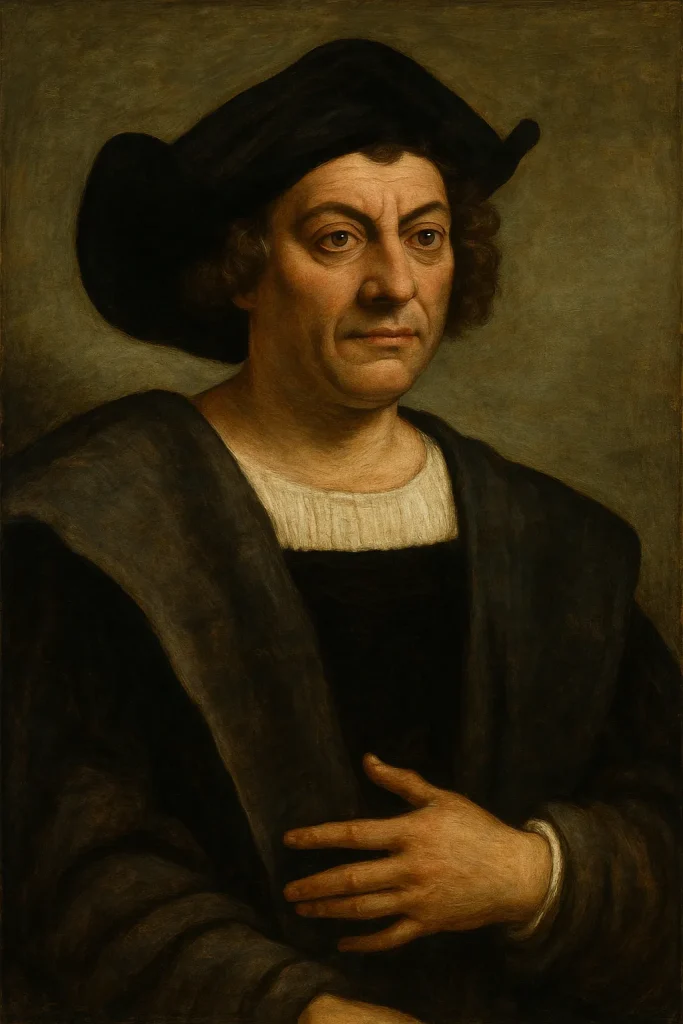
Early Life and Maritime Beginnings
Christopher Columbus was born in 1451 in Genoa, Italy, a lively port buzzing with ships and trade during the Renaissance history period. His father, Domenico Colombo, wove wool for a living, while his mother, Susanna Fontanarossa, raised five children. Growing up in a modest home, young Columbus was drawn to the sea. Genoa’s docks, crowded with sailors and merchants, filled his head with stories of far-off lands. By his teens, he was sailing on merchant ships, visiting ports like Chios and Tunis.
These early sea voyages taught him how to steer ships, read winds, and trade goods. He learned to use simple tools like the quadrant to find his way, skills that would guide him later. In Genoa, surrounded by the Age of Exploration’s energy, Columbus dreamed of bigger adventures. His youth was fueled by a stubborn drive to rise above his roots, setting him on a path to become a maritime explorer.
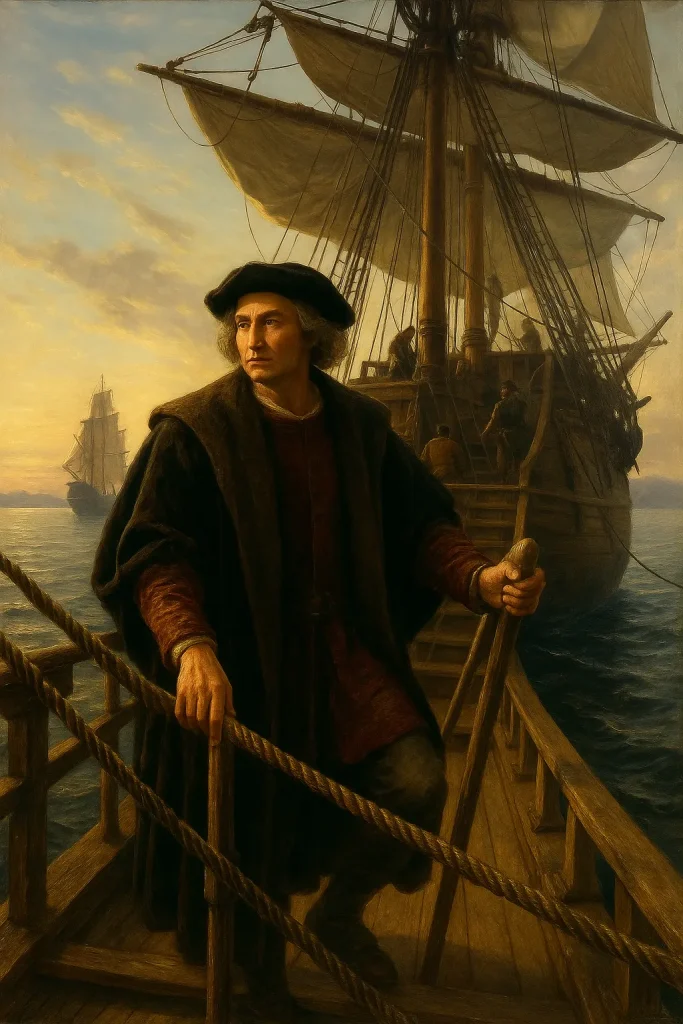
Pursuit of a Bold Idea
In the 1470s, Christopher Columbus moved to Portugal, a hotspot for sailors charting new routes. Portugal’s navigators were mapping Africa’s coast, hunting for a way to Asia’s riches. Columbus dove into this world, studying maps, stars, and math. He married Felipa Moniz Perestrelo, whose family shared nautical charts and tales of the sea. Reading old texts like Ptolemy’s Geography, he formed a daring plan: sail west across the Atlantic to reach Asia, a shorter route than going east.
Most experts thought the ocean was too wide, calling his idea foolish. Columbus spent years begging kings for support, turned down by Portugal, England, and France. His stubbornness paid off in 1492 when Spain’s King Ferdinand and Queen Isabella agreed to back him. This moment, pivotal in the Age of Exploration, launched Columbus toward his historic sea voyages, ready to test his vision against the unknown.
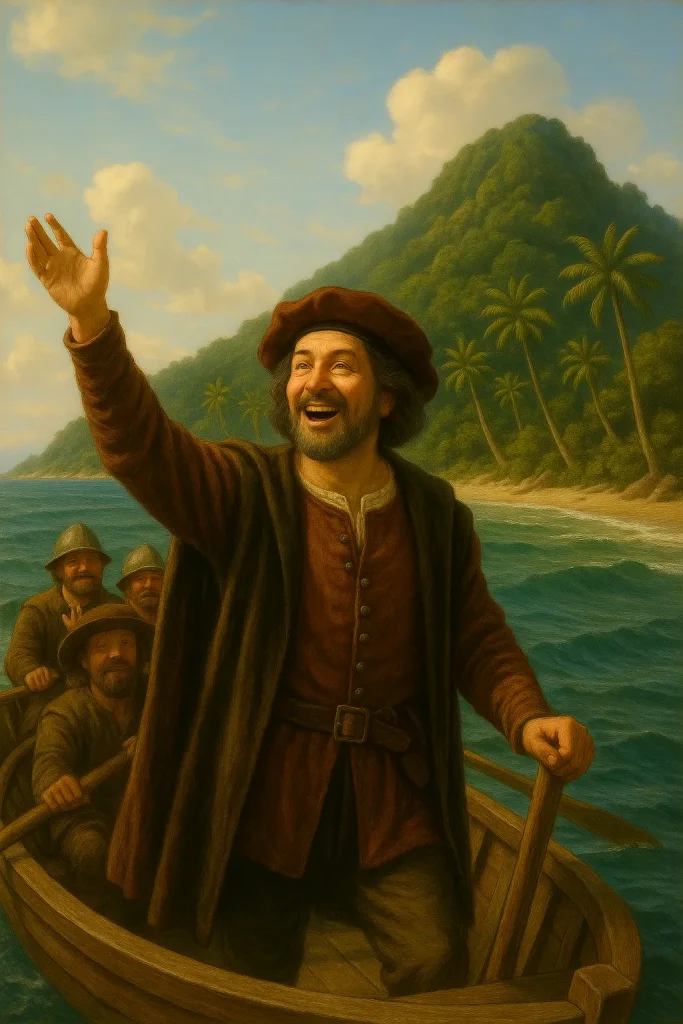
The First Voyage and Its Impact
On August 3, 1492, Christopher Columbus set sail with three ships: the Santa Maria, the Pinta, and the Niña. About 90 men joined him, carrying supplies for a long trip. Weeks at sea wore down the crew, who grumbled about never finding land. Then, on October 12, 1492, they spotted an island in the Bahamas, which Columbus named San Salvador. Thinking he’d reached Asia, he called the local Taino people Indians.
This discovery of America was a turning point, opening a new continent to European eyes. Columbus sailed to nearby islands like Cuba and Hispaniola, then returned to Spain in 1493 with tales of gold and new lands. His news lit a fire, kicking off the Age of Exploration. But his arrival brought tragedy to native peoples, with diseases and harsh treatment taking a heavy toll. His sea voyages linked worlds, forever changing the course of history.
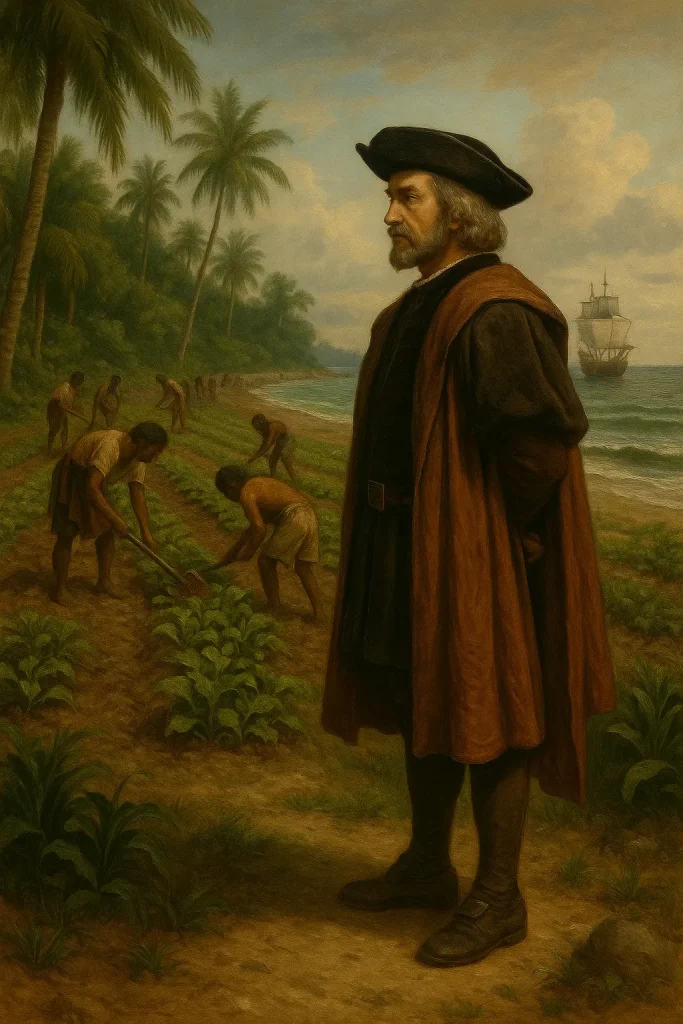
Later Voyages and Struggles
Christopher Columbus led three more trips in 1493, 1498, and 1502, charting the Caribbean, Central America, and parts of South America. His second voyage, with 17 ships and 1200 men, aimed to build colonies. As governor of Hispaniola, he faced chaos, with settlers fighting and natives resisting. His push for gold and strict rules stirred anger, and by 1500, a royal official arrested him, sending him back to Spain in chains.
Freed, Columbus sailed again, mapping new coasts despite growing health problems. His later sea voyages added to Europe’s knowledge of the New World, but his star had faded. He clung to his mission, believing it was God’s will. Though his reputation took hits, his role in the Age of Exploration stayed strong, inspiring others to follow his wake.
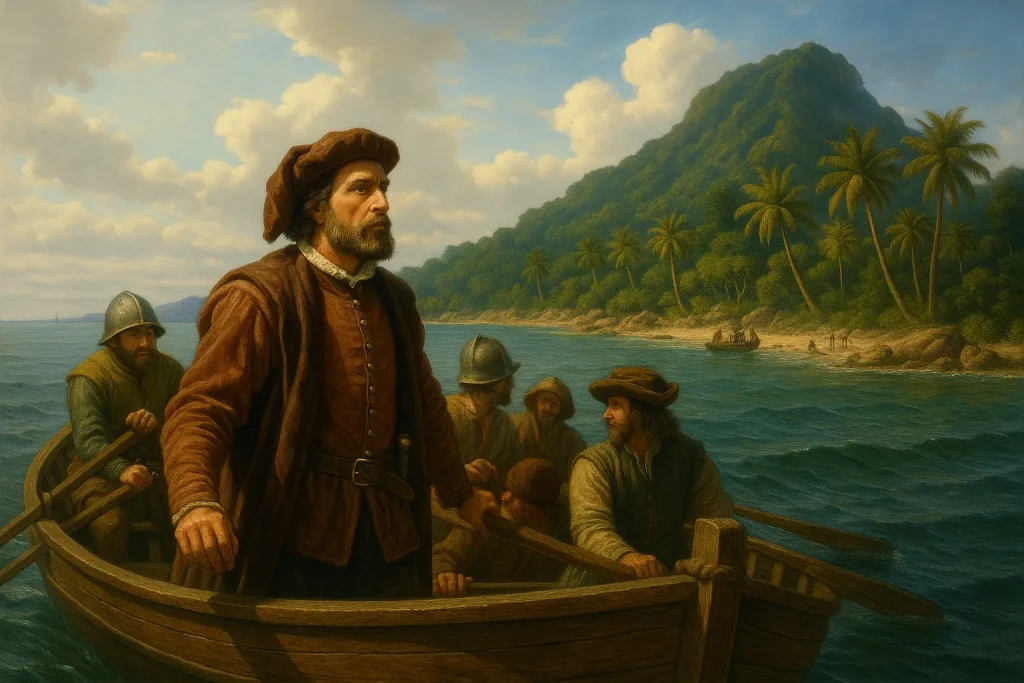
Legacy and Ongoing Debate
The legacy of Christopher Columbus is a tangle of great deeds and grim consequences. His discovery of America tied the Old World to the New, sparking trade and cultural swaps. His sea voyages during the Renaissance history period brought potatoes and maize to Europe and horses to the Americas, reshaping diets and lives. This Columbian Exchange rewrote economies, setting the stage for a connected world.
Yet, his actions—enslaving natives, demanding labor, and disrupting cultures—cast a dark shadow. Indigenous communities suffered massive losses from disease and violence. Today, historians weigh his navigation skills against the pain he caused. The Age of Exploration, full of progress, also began centuries of colonial harm. Columbus’s story pushes us to think about what discovery means and who pays its price.
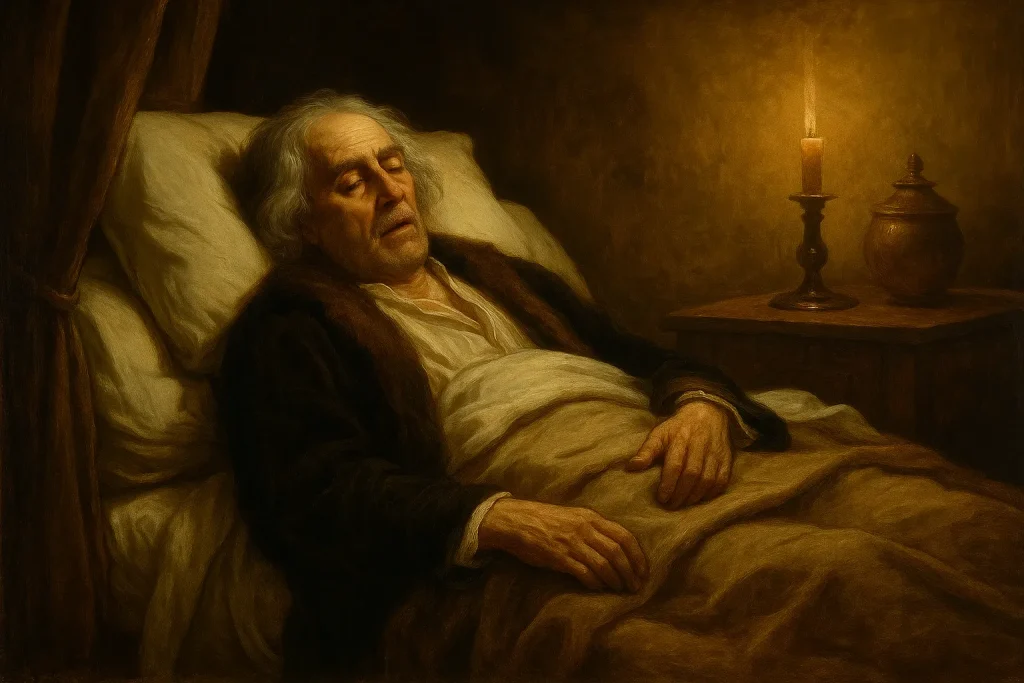
Leave a Reply